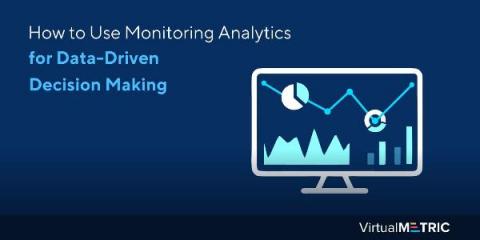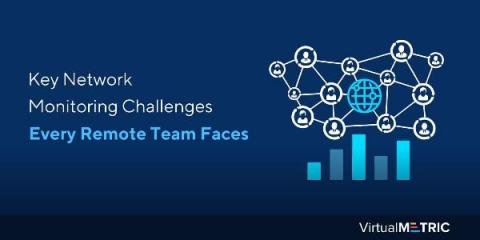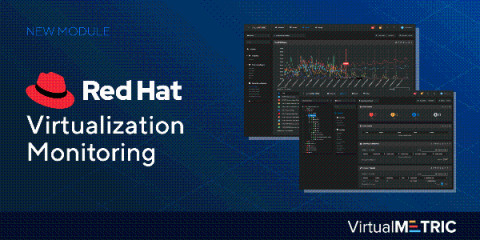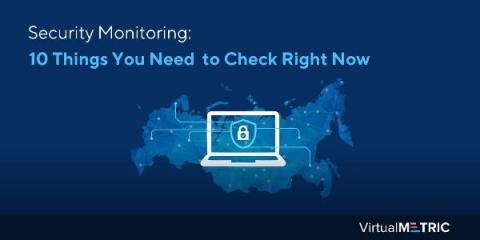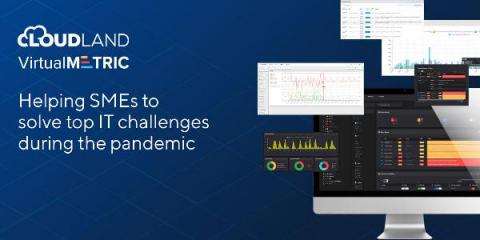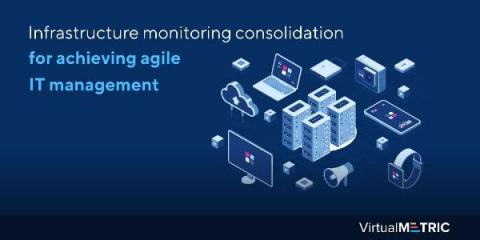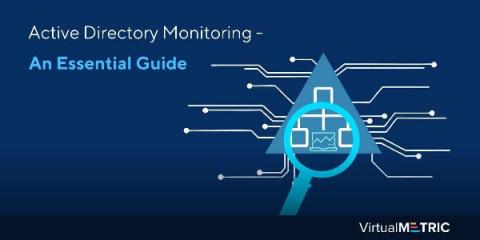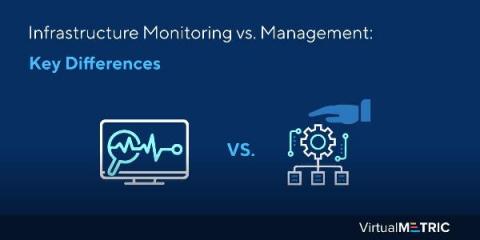How to Use Monitoring Analytics for Data-Driven Decision Making
Data-driven decision-making is a method based on identifying and analyzing critical metrics and figures to gain insights about key issues and produce a workable solution. An essential aspect of this decision-making process is monitoring analytics that serves to quantify the performance of interconnected systems and resources for enhanced performance visibility and informed decision-making.


